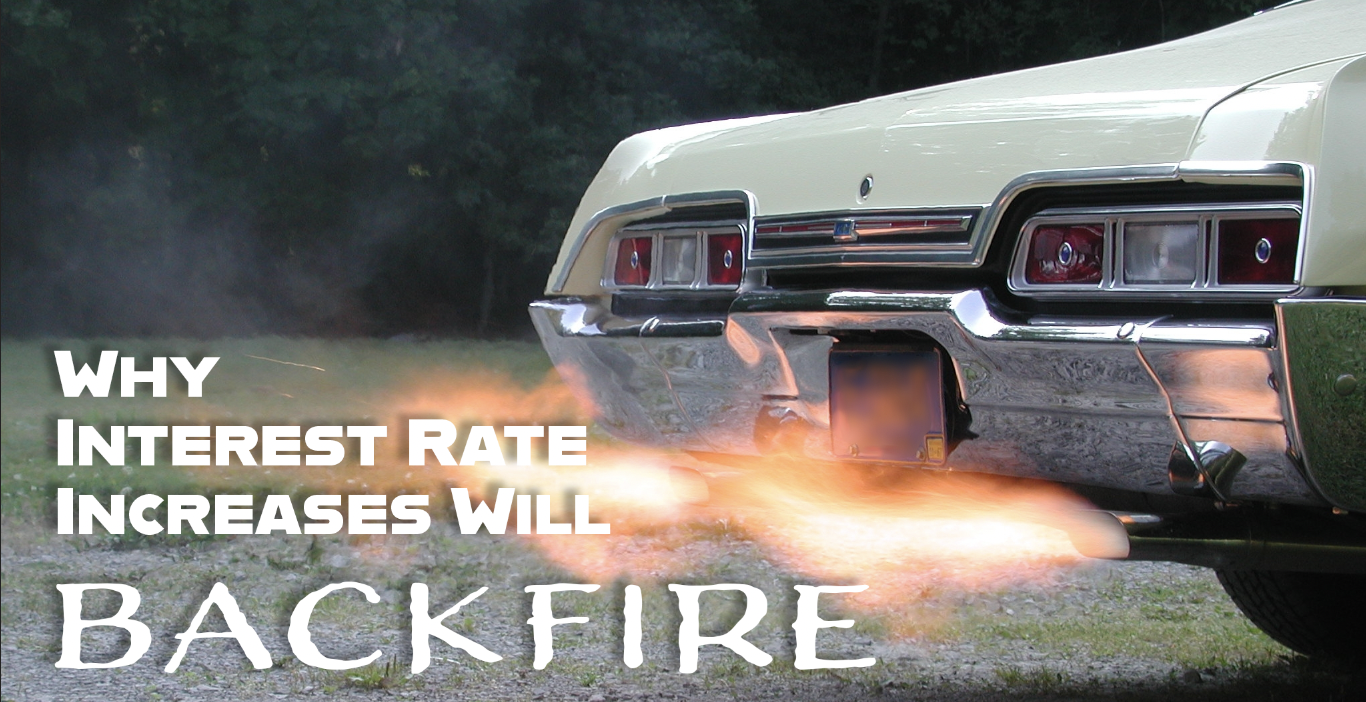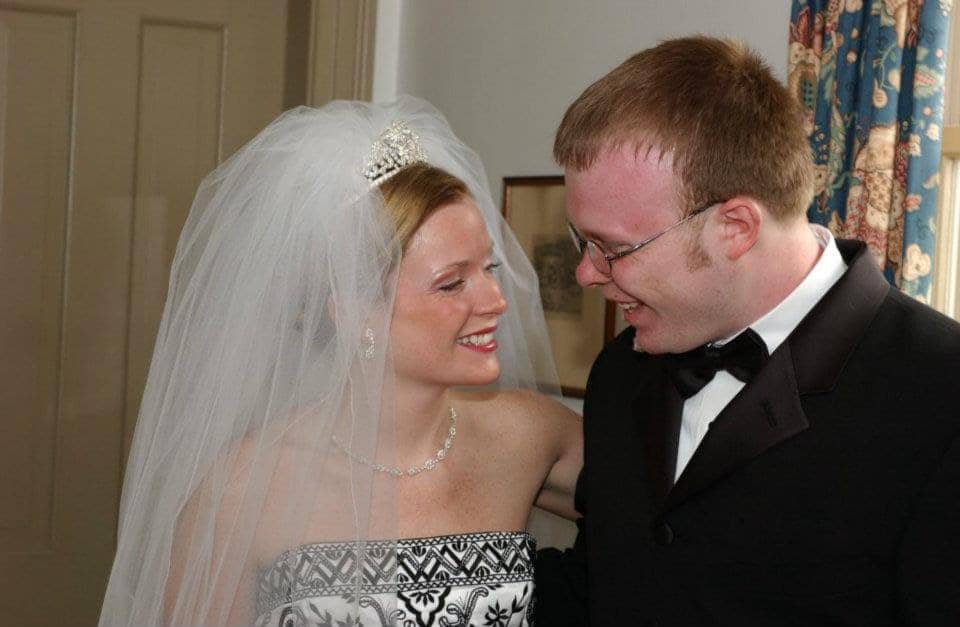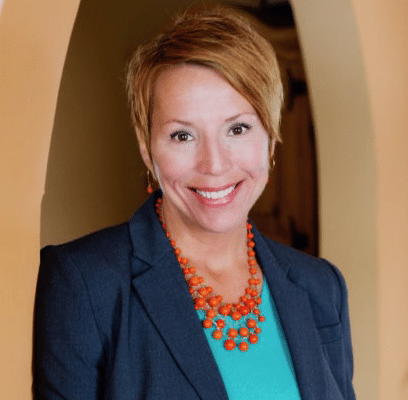The Federal Reserve (“Fed”) is about to derail our economy, make homes more costly to buy, and discourage homeowners with a reason to sell from wanting to sell. Why is the Fed headed down the wrong path?
We all know the Fed is trying to curb inflation, which includes fast escalating home prices. The weapon is higher interest rates, and the theory is that by making things we finance (like homes, cars and credit card purchases) more costly to buy (because of the higher interest rates) we will buy less, and therefore price increases (inflation) will moderate.
It has worked in the past but it won’t this time. Let’s use homes as an example. The Fed has doubled the mortgage interest rates over the past year, from 2.5% to over 5%. This means if you finance your home purchase, as most folks do, your interest cost on that loan doubled. This results in fewer buyers being able to buy, with others having to settle for a lower priced home to keep their payments within budget.
Yes, as the Fed predicts, this will result in less homebuyer demand. The problem is that too much homebuyer demand is not the problem. The problem is too few homes to buy.
Scottsdale has 70% fewer homes for sale than normal. Metro Phoenix is about the same. I live in Paradise Valley, which normally has 300 homes for sale, yet today there are 68.
Being in real estate I monitor homebuyer demand through tools like ShowingTime. It records the number of showing requests. The number of buyers looking for a home is about what you’d expect given the size of our market. The inflationary problem is being caused by too few homes to choose from. That’s why prices are skyrocketing!
The Fed’s interest rate increase policy is based on what I call “Ancient Economics.” Previously when inflation was high, too much demand was the problem, so raising interest rates and making things more costly was effective at tempering price increases. Now it’s going to backfire… at least in housing, which in Arizona is a huge factor in our robust economic growth.
The Fed’s interest rate increases will backfire because it will make the real problem worse (too few homes to buy). Why? As interest rates go up, homeowners who purchased or refinanced at 2.5%-2.9% interest rates will be reluctant to sell and then buy at the higher 5%-6% rates. Most won’t want to settle for a lesser home or make a higher payment.
The double-backfire in the Fed’s policy will be this:
Buyers who are struggling to afford a home now will be worse off, and may be priced out of the market completely.
Homeowners who have a reason to move will resist doing so because they’ll have to buy a lesser home or make higher payments.
The Fed has just implemented a lose-lose policy.
What’s the solution? Since the problem is too few homes, and there’s no fast way to build more homes, give current homeowners a tax break or other economic incentive to sell.
Maybe double the $250,000/$500,000 tax free gain amount on the sale of a personal residence. Perhaps also lower the holding period from two years to one. Make this tax revision temporary, expiring at the end of the year. That may result in a flood of homes coming on the market, giving buyers lots of choices, and stabilizing home appreciation to the Fed’s target of 5%-7%.
Unfortunately the Fed is attacking demand when supply is the problem. Maybe it should heed these sage words by Benjamin Franklin:
“A new truth is a truth, an old error is an error.”












